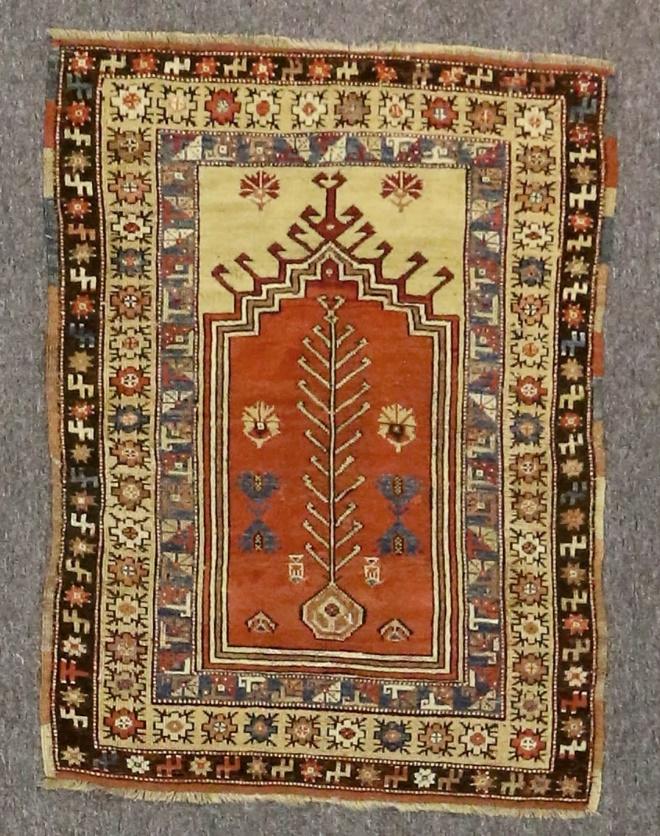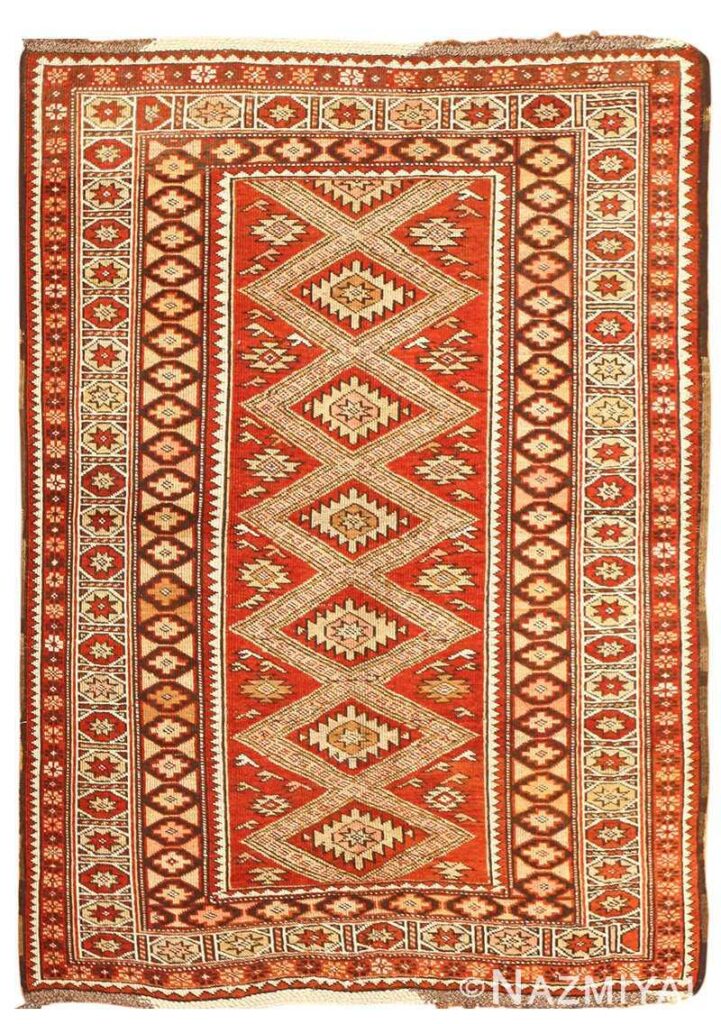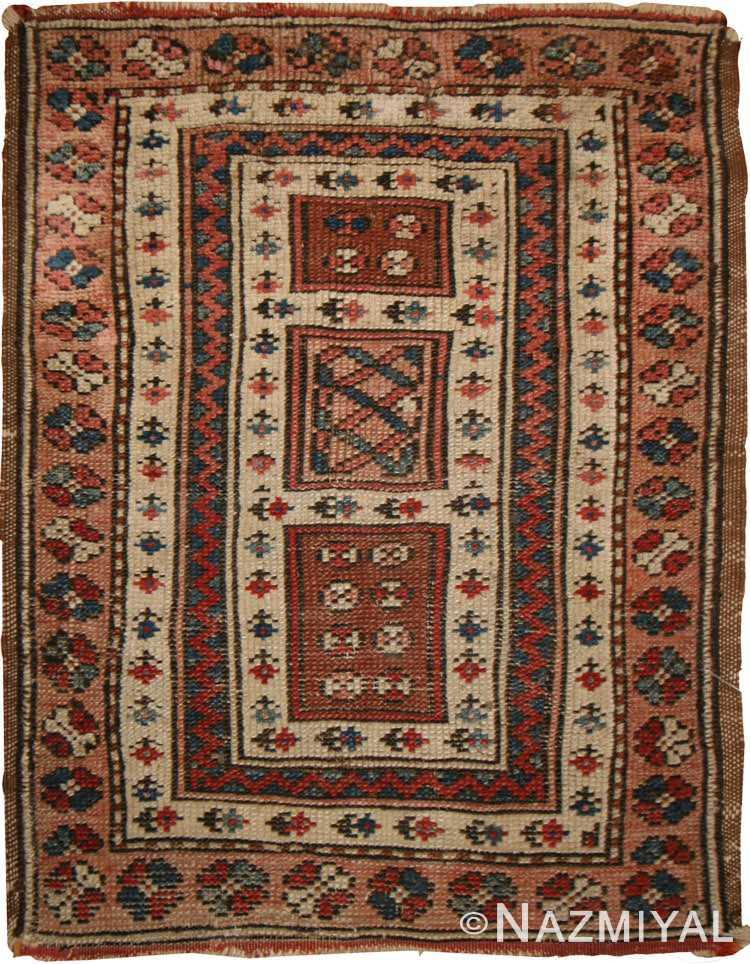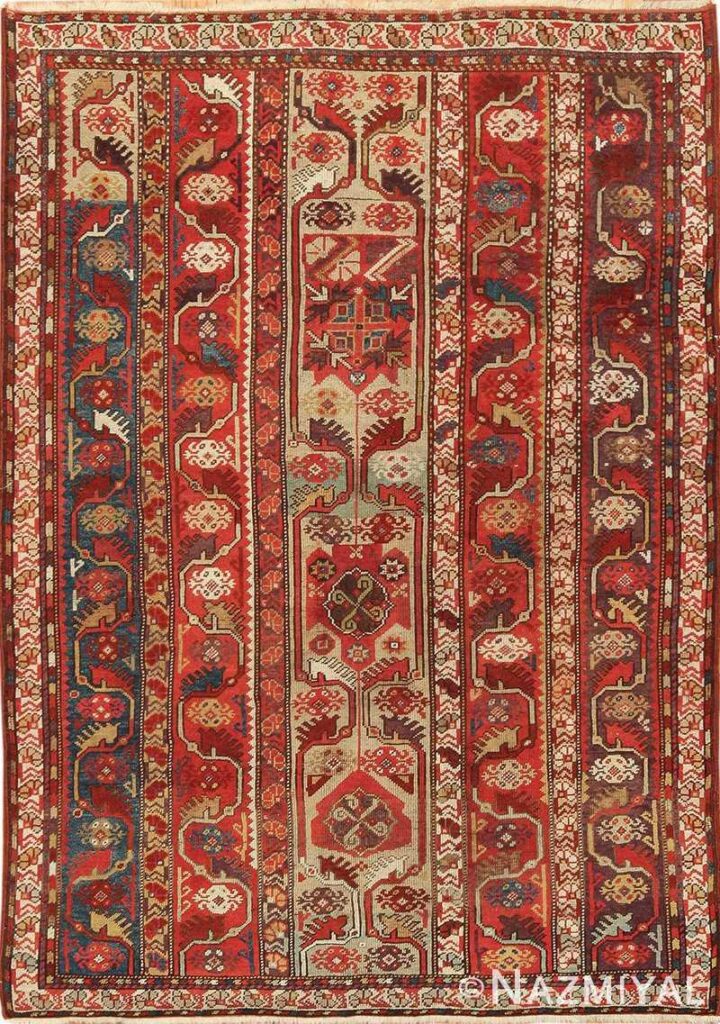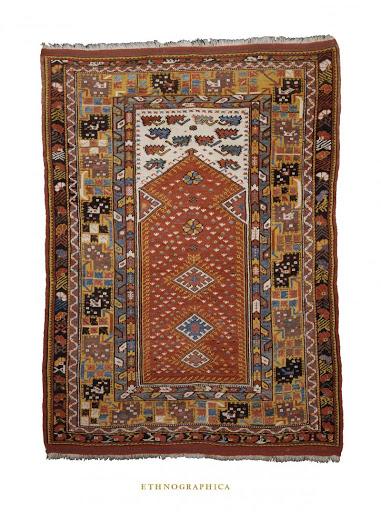Milas Rugs
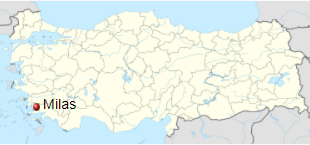
Milas is an ancient city and the seat of the district of the same name in Muğla Province in southwestern Turkey. In his Ethnica, Stephanus of Byzantium, says that the city took its name from a certain Mylasus, son of Chrysaor and a descendant of Sisyphus and Aeolus, an explanation some sources deem unsubstantial for a Carian city.
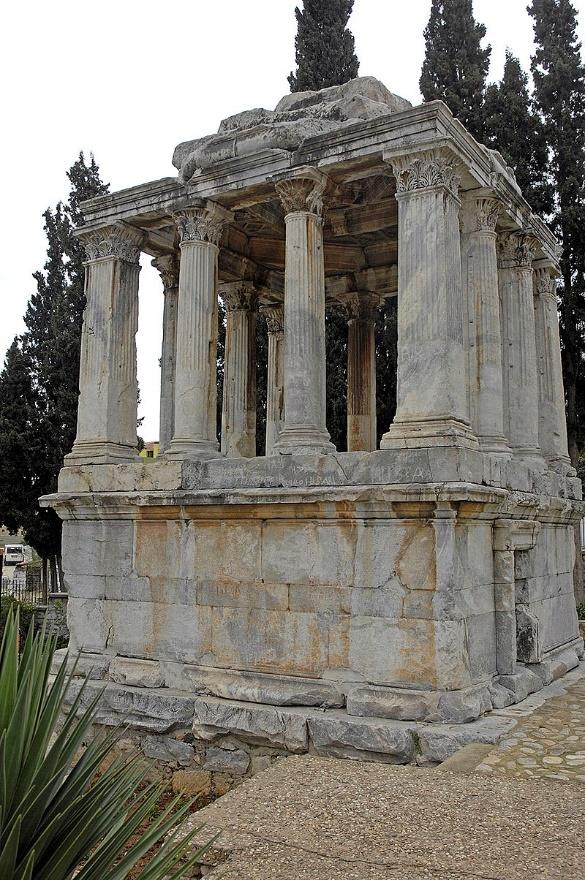
The city is a lively center for both natural and cultural tourism. Today rugs only woven in surrounding villages, but once the town has been a center in southern Anatolia. Surrounding villages include Karacahisar, Ören (Gereme), Çomakdağ, Dörttepe, Bozalan, İkizköy, Pınarköy, Mezgit, Gürceğiz and Akçakaya.
Rug weaving may have begun here as early as the 16th and 17th century. During 19th century rug with Mejidian designs were woven. Today there are about 7000 active loom in Milas area.
Technical aspects and the structure of Milas Rugs

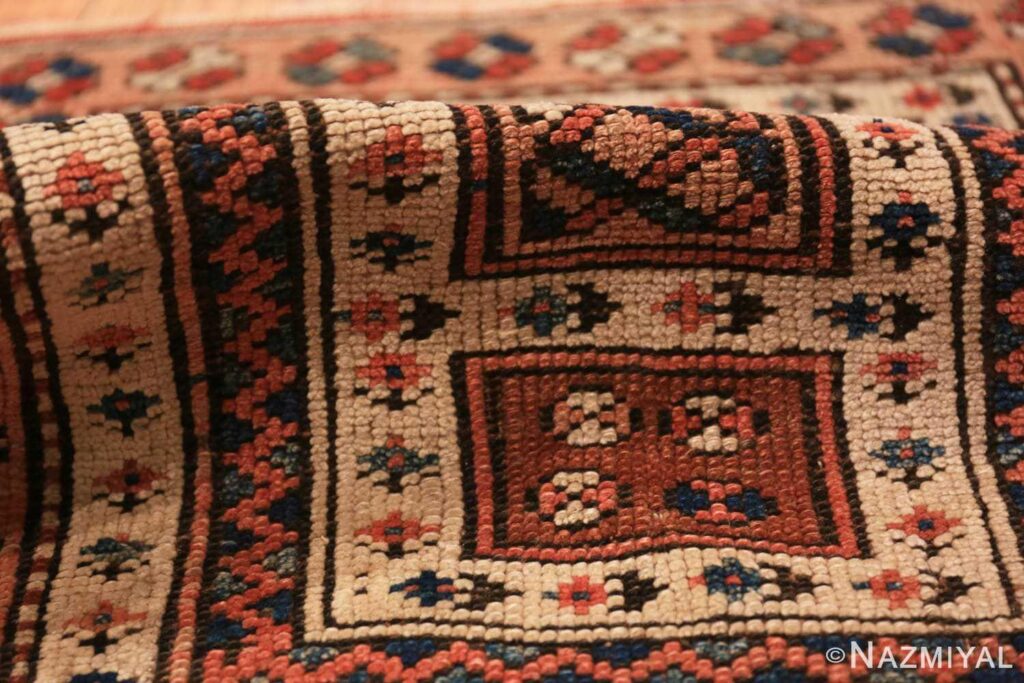
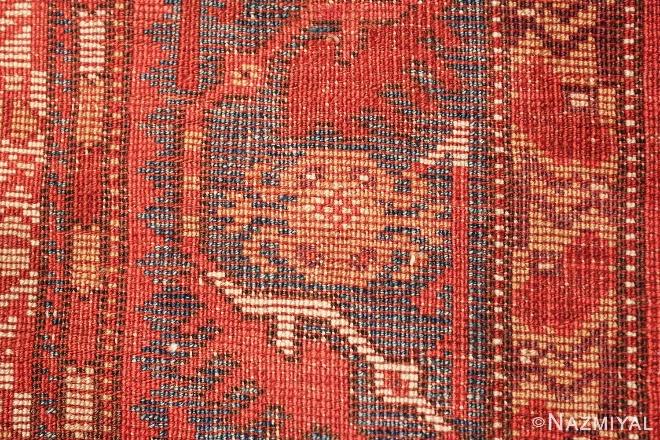
Pile and foundation in Milas are totally woolen. Like most Anatolian pieces, Milases are red-wefted.
Milas rugs have averagely a knot density of 65 knots per square inch. This is rather coarse. Knots are symmetric (Turkish). Small
carpets, rugs and runners are common among Milas pieces.
Dyeing and painting of Milas rugs
Reds, reddish browns, browns and rich yellows (tending to mustard), cream and beige dominate Milas palette. Secondary palette may include grass, olive and pistachio greens, light and dark blues, apricot and brownish oranges.
Olive, turquoise and cream frames may surround a central red panel. Such combination may be also with yellow, olive and red or yellow, azure and red or orange.
Antique Milas prayer rugs may have crimson mihrabs framed with golden patterns.

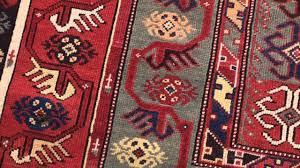
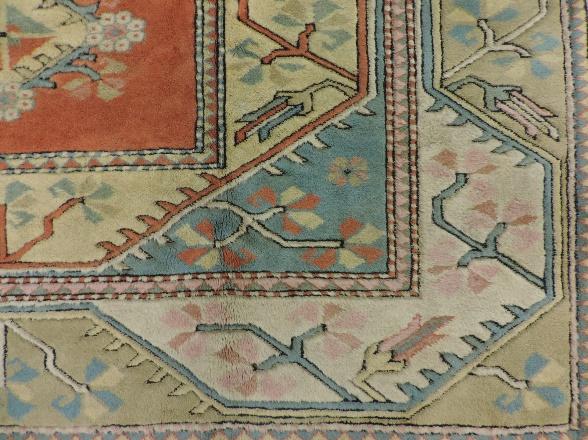
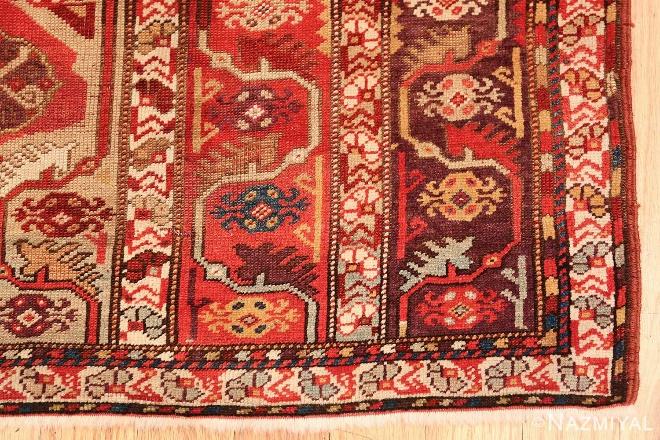
Designs and patterns of the Milas rugs
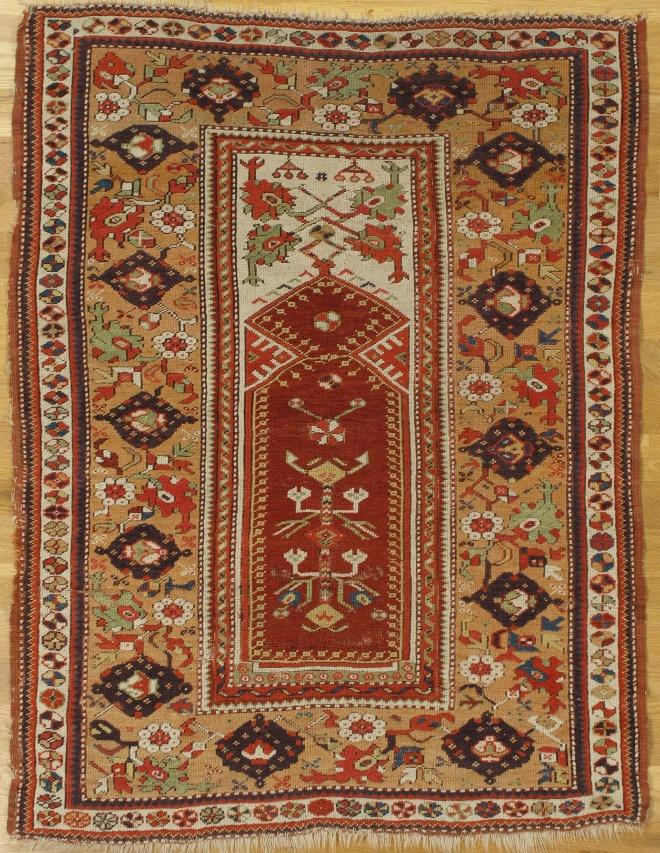
Prayer rugs are the most frequent pieces woven by semi-nomads of the surrounding area. These may be designed with a diamond-shaped arch or mihrab. Some Milas rugs are designed with vertical panels. Some pieces’ fields occupied by a vertical column of boxes or diamonds.
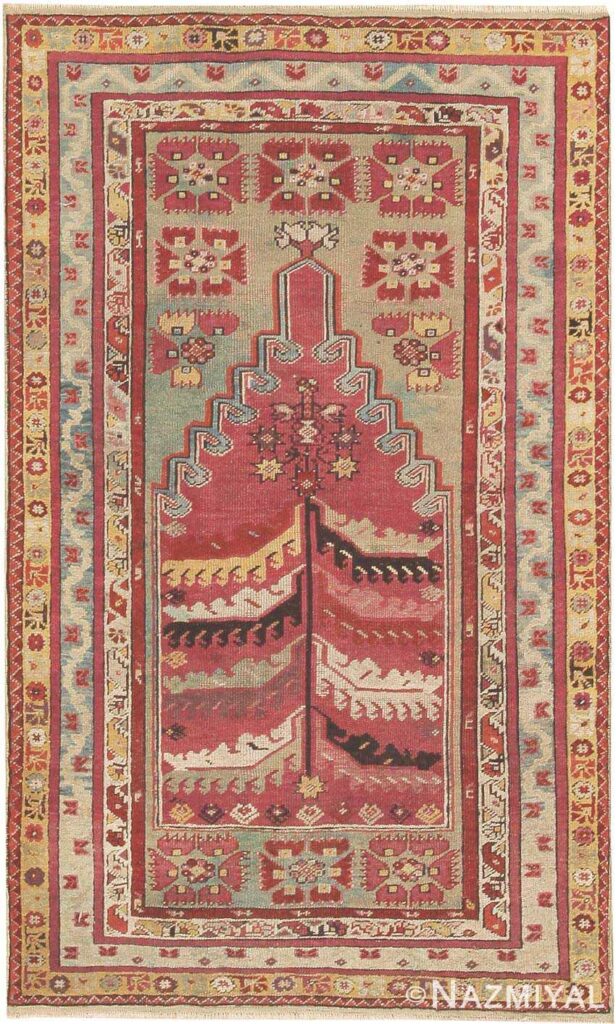
There are also 19th-century pieces with floral designs in Mejidian style which named after the Ottoman ruler Sultan Abdul Mejid I (r. 1839 – 1861) because of his European taste in architecture and decoration.
Karaova is a Milas’ design type with fields consisting of a single, vertical, narrow panel or multiple, vertical, narrow panels.
